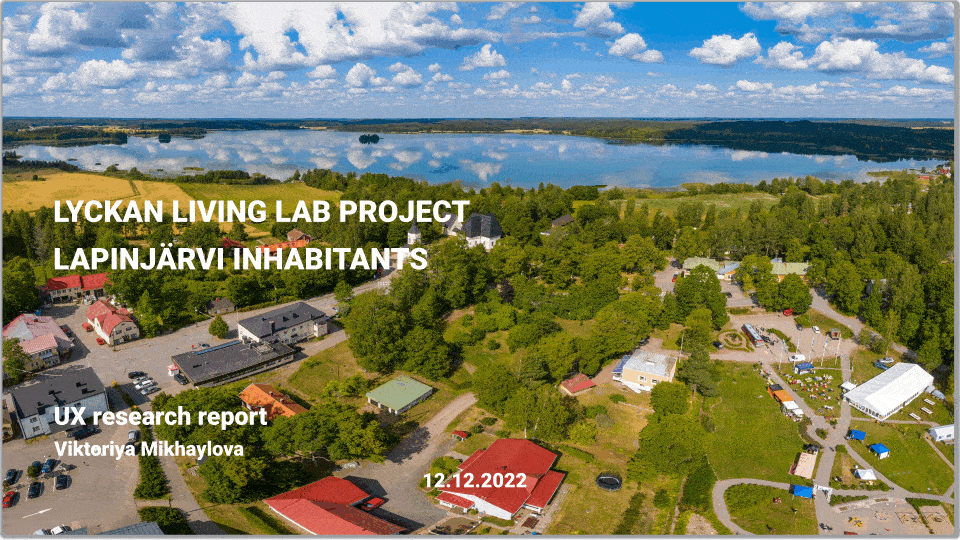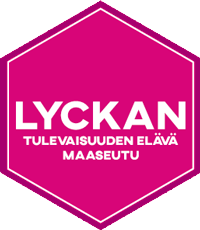During my studies at Laurea University of Applied Sciences, I participated in the “User-Centred Design of Digital Services” course, where I contributed to the Lyckan Living Lab project in collaboration with the municipality of Lapinjärvi. The aim of the Living Lab model is to foster innovation by co-creating digital services that address the specific needs of businesses, thus promoting their growth and development.
This project offered an invaluable opportunity to apply UX design principles in a real-world setting. My primary motivation was to expand my practical knowledge of user-centered design techniques, including Personas, Empathy Maps, Affinity Maps, Journey Maps, and Crazy 8’s, and to gain hands-on experience in each phase of the design process.
User Research and Insights
On October 7th, 2022, I conducted in-person street interviews with local residents to better understand their needs and challenges. I also conducted a remote interview with a resident via Microsoft Teams. Throughout these interviews, my goal was to go beyond the verbal responses of participants and to capture the emotions and underlying concerns that shaped their experiences.
I synthesized the data using an Affinity Map, which allowed me to identify key themes and insights. A major issue identified was the limited access to public transportation, which impacted residents’ ability to reach essential services and local businesses. This insight became the cornerstone for my solution design.
Problem Definition and Solution Ideation
Based on my research, I recognized an opportunity to create a digital platform that would centralize information on local businesses, services, activities, and events, while also providing a system for ride-sharing to improve access to transportation. I further validated the concept by mapping the user journey using a Journey Map, which helped us identify pain points and opportunities to enhance the overall experience for residents.
To ideate potential solutions, I employed the Crazy 8’s technique, enabling us to rapidly generate diverse design concepts. My goal was to ensure the platform was user-friendly and efficient, with particular consideration given to both residents and tourists. I recommended making the platform bilingual, offering both Finnish and English versions to accommodate non-local users.
Final Solution and Outcome
My final solution was a comprehensive digital platform — either a website or mobile app — that serves as a centralized hub for information about businesses, services, events, and activities in Lapinjärvi. Additionally, the platform incorporates a ride-sharing feature, providing an accessible transportation solution for residents.

Key Takeaways & Learnings
This project allowed me to experience the end-to-end UX design process, from user research and ideation to prototyping and solution delivery. It was a formative experience in applying design thinking principles to real-world challenges and delivering a product that could make a tangible difference for the Lapinjärvi community.
For an in-depth view of the UX research and design process, you can access the full report in Pdf- presentation below:
Tools
Figma, MS Teams
